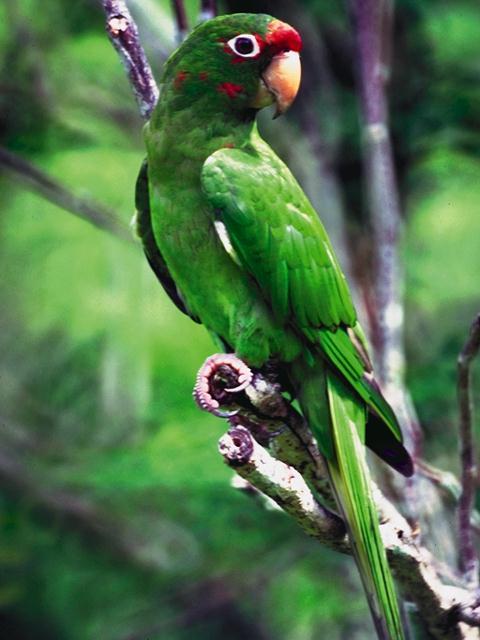|
Parrot (앵무새)

| 해상도: 480x640
파일크기: 41604 Bytes
등록시간: 2004:10:05 15:17:09
|
From: Sharon
Newsgroups: alt.binaries.pictures.animals
Subject: Parrot
Date: Thu, 14 Dec 2000 03:22:26 GMT
From a royalty free CD collection.
-Sharon
(Remove the DOTs to reply by e-mail)
http://home.tampabay.rr.com/lightningalbum
filename="B02b0040.jpg" |
^o^
동물그림창고 똑똑전화 누리집
^o^
|
|